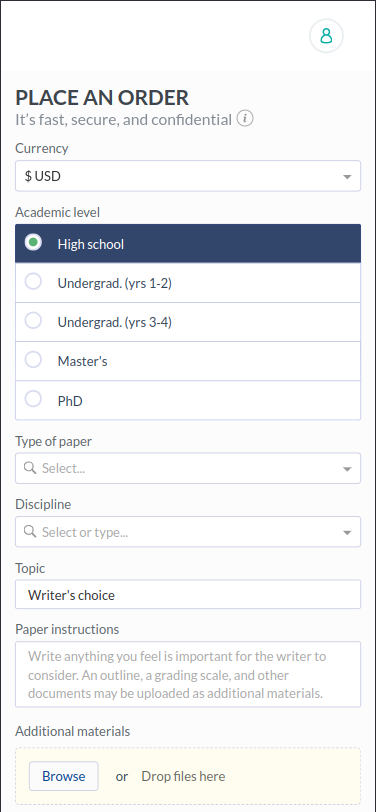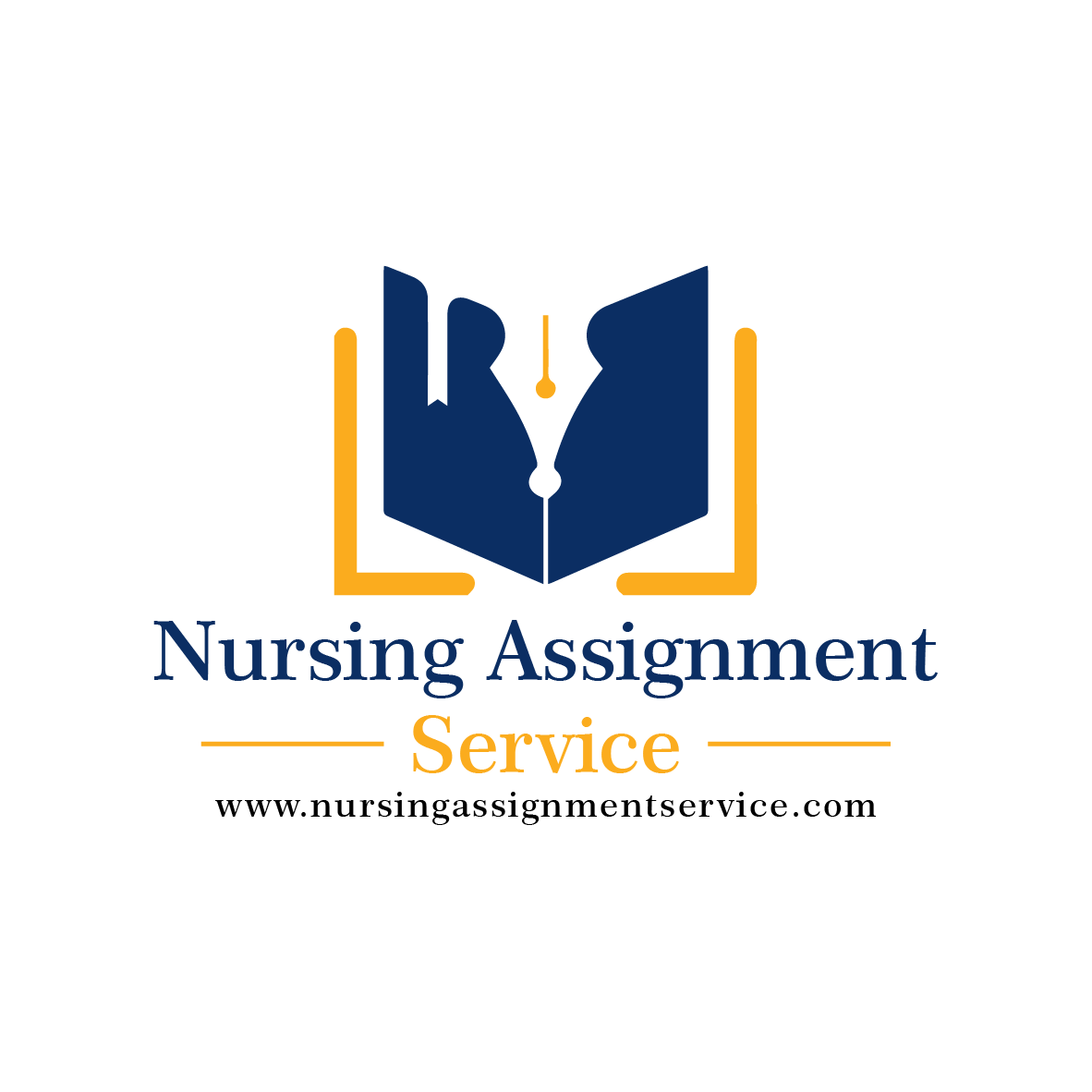NRNP 6541 Week 3 Knowledge Check Quiz
Question 1
A Mantoux test in a child with no risk factors is considered positive with a reaction of:
A) at least 5 mm induration
B) at least 8 mm induration
C) at least 10 mm induration
D) at least 15 mm induration
Question 2
Which of the following is a true contraindication of vaccinating a child?
A) Acute otitis media requiring antibiotic therapy
B) Previous vaccination reaction that consisted of a small red knot at the vaccination site
C) History of an allergic reaction to penicillin
D) Previous vaccination reaction that consisted of wheezing and hypotension
Question 3
You see a 6-month-old for a well-child visit and the mother tells you the child’s grandmother recommends that she give the infant whole milk and eggs when he starts solids. What should you tell the mother?
A) It is okay to begin weaning to whole milk between 9 and 12 months of age.
B) The most important thing to add at this time is table foods; discussion of other dietary issues will happen at 9 months of age.
C) The baby should remain on infant formula and stage 2 and 3 baby foods for now.
D) It is a good idea to introduce whole eggs to the diet of 5- to 6-month-olds.
Question 4
You would be concerned about the language development of a child who:
A) Stutters when excited or tired at the age of 7
B) Repeats simple phrases at 32 months
C) Pronounces words that are not understandable at 2 years of age
D) Has a vocabulary of 10 words at 12 months
Question 5
Head and chest circumferences should be equal at:
A) 6 months of age
B) 1 year of age
C) 2 years of age
D) 3 years of age
Question 6
Sally, age 4, presents to the office with her mother for a well-child visit. To assess for age-appropriate fine motor skills, what activity would you ask her to perform?
A) Copy a circle.
B) Cut on a line with scissors.
C) Copy a square.
D) String beads.
Question 7
You see a 4-year-old for a well-child visit. He has received four diphtheria, tetanus, and acellular pertussis vaccines (DTaP); three injected polio vaccines (IPV); one measles, mumps, and rubella vaccine (MMR); one varicella vaccine; and two hepatitis B (Hep B) vaccines. What do you order today?
A) Pneumococcal conjugate vaccine (PCV13), IPV, varicella, and DTaP
B) DTaP, IPV, MMR, and Varivax
C) Tetanus and diphtheria toxoid with acellular pertussis (TdaP), MMR, hepatitus B, and IPV
D) PVC 13, DTaP, IPV, MMR, and Varivax
Question 8
An expected milestone of a 4-year-old is the ability to
A) Copy a cross
B) Copy a circle
C) Copy a vertical line
D) Draw a person in six parts
Question 9
A common feature of 2-year-old behavior is:
A) Negativism
B)Stranger anxiety
C) Nonparallel play
D) a and b
Question 10
By what age should most children be able to sit well without support?
A)9 months
B) 3 months
C) 6 months
D) 12 months
Question 11
A 7-month-old male is found to have a spiral fracture of the femur that his father says he got by climbing onto a chair and then jumping off. Which of the following statements is true regarding this situation?
A) You cannot report this to child protective services because the history provides a legitimate possible mechanism of injury other than abuse.
B) The father can sue you if you report this to the authorities and they determine that no abuse occurred.
C) You should anonymously report the abuse to the authorities.
D) You can be held legally liable for failing to report child abuse.
Question 12
A typically developing 8-year-old girl will have which of the following genital development?
A) No pubic hair at all
B) Small amount of long, downy pubic hair along the labia majora
C) Coarse, curly pubic hair that extends laterally from the labia majora
D) Adult-like pubic hair that extends along the mons pubis but does not include the media thighs
Question 13
A breastfed infant is expected to have a lower incidence of which of the following?
A) Asthma
B) Conjunctivitis
C) Diarrhea
D) Impetigo
E) Urinary tract infections
Question 14
The nurse practitioner role was initially established to
A) Reduce the nursing shortage and improve access to care.
B) Improve access to care and partially solve physician shortage.
C) Improve working condition of nurses while improving access to care.
D) Improving nursing’s image through expansion of the role.
Question 15
Which of the following children should be referred for a comprehensive developmental evaluation?
A) A 12-month-old who does not speak.
B) A 2-year-old who lost the ability to perform previously attained developmental milestones.
C) A 3-year-old who consistently tracks at the 5th percentile for height and weight since birth.
D) A 19-month-old with explosive temper tantrums.
Question 16
Parents bring their 6-month-old son to see you. He is symmetrically less than the 5th percentile for height, weight and head circumference. He was born at 30 weeks’ gestation and weighed 1000g. He was a planned pregnancy, and his mother’s prenatal course was uneventful until an automobile accident initiated the labor. He was ventilated for 3 days in the intensive care unit but otherwise did well without ongoing problems. He was discharged at 8 weeks of life. Which of the following is the most likely explanation for his small size?
A) Chromosomal abnormality
B) Protein-calorie malnutrition
C) Normal ex-preemie infant growth
D) Malabsorption secondary to short gut syndrome
E) Congenital hypothyroidism
Question 17
Medicaid provides health insurance coverage to
A) Anyone whose personal income falls below federal poverty level.
B) Certain categories of people whose personal income falls below a certain percentage of the federal poverty level.
C) Newborn, pregnant women, and those older than 65 whose personal income falls below the federal poverty level.
D) Those who are elderly.
Question 18
You see a 13-year-old who reports she is learning some basic geometry (areas, volume etc.). The ability to successfully master these concepts occurs during which Piaget developmental stage?
A) Sensorimotor
B) Preoperational
C) Concrete operational
D) Formal operational
Question 19
Which of the following vaccines is routinely recommended at 4 months of age?
A) Diphtheria, tetanus, acellular pertussis (DTaP)
B) Oral polio vaccine (OPV)
C) Measles, mumps, rubella (MMR)
D) Varicella
Question 20
Which of the following screenings should adolescents have done annually?
A) Psychosocial screening, blood pressure, body mass index
B) Blood pressure, hemoglobin, complete physical exam
C) Complete physical exam, psychosocial screening, drug testing
D) Psychosocial screening, cholesterol screening, blood pressure
Our team of expert nursing writers at Nursing Assignment Service can help you with your NRNP 6541 Week 3 Knowledge Check Quiz, place your order here.




